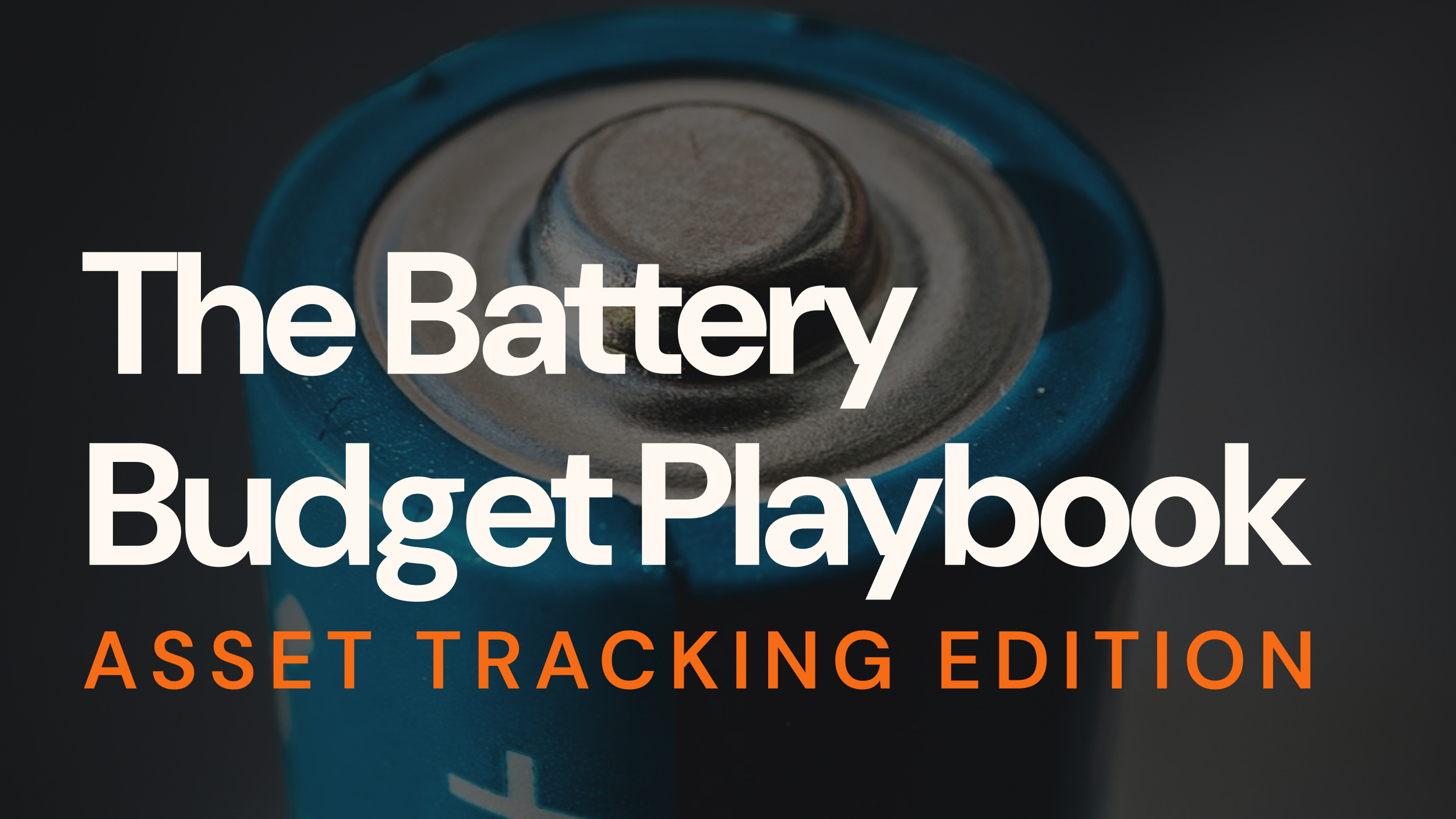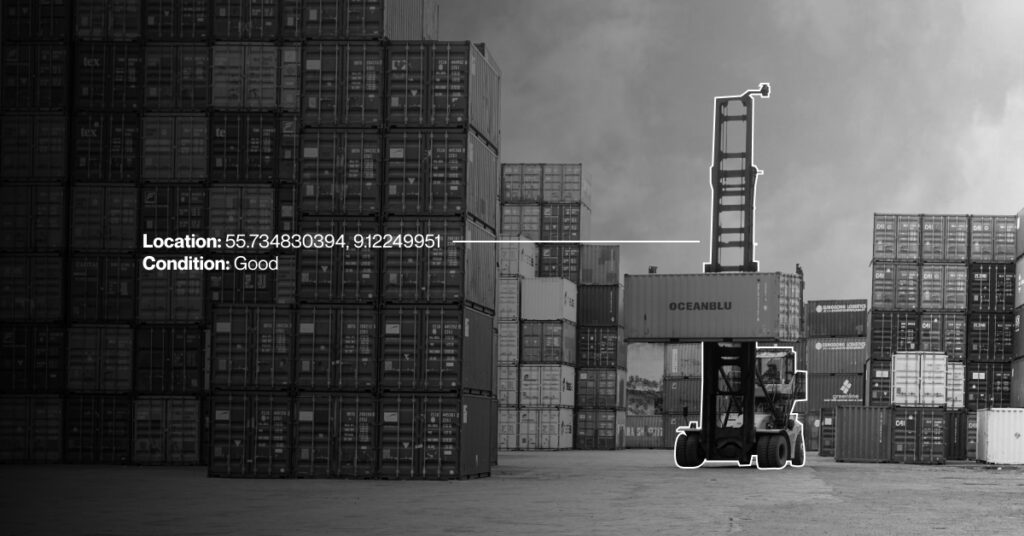IoT solutions for smart cities make everyday tasks both easier and more efficient, relieving pain points related to traffic monitoring, public transport, public safety, and environmental issues.
Table of Contents
What is a smart city?
A smart city is a city that uses IoT devices – such as connected sensors, meters, and lights – to collect and analyze data. Utilizing this data, smart cities can improve infrastructure, public services and utilities, and much more.
Smart cities aid sustainable growth
According to UN-Habitat’s World Cities Report 2022, global city population share doubled from 25% in 1950 to approximately 50% in 2020 – and over the next 50 years, it is projected to increase to almost 60%.
As urbanization, industrialization, and consumption grow, environmental pressures multiply. Smart cities, however, help their inhabitants live more sustainably while simultaneously improving their quality of life.
IoT technologies help businesses and municipalities gather data and build applications to meet the challenges of modern cities.
Developments facilitated by IoT technologies for smart cities include:
- Smart lighting,
- Smart waste management,
- Traffic monitoring and smart transportation,
- Surveillance measures, and
- Environment monitoring.
For example, according to McKinsey, applications such as pay-as-you-throw digital tracking can reduce the volume of solid waste per capita by 10-20%.
And sharing real-time air quality information with the public via smartphone apps enables individuals to take protective measures, which can reduce negative health effects by 3-15%.
Read on to learn more about the deployment of IoT technologies in smart cities.
Examples: IoT solutions in smart cities
Smart lighting
Lighting solutions such as connected streetlights are a popular way to boost the productivity of a smart city – and with good reason.
There are numerous benefits to implementing connected streetlights and other smart lighting solutions in smart cities.
These include:
- Reduced energy and maintenance costs,
- Safer traffic and increased public safety due to improved visibility, and
- Measurable environmental impact due to reduced energy consumption.
Smart streetlights also come with the benefit of being able to double as emissions monitors, electric vehicle chargers, and wireless broadband connection points.
Smart waste management
With waste management being both costly and likely to cause traffic congestion, the waste industry faces notable challenges related to efficiency.
IoT solutions for smart cities can optimize waste management, enabling:
- Better resource management,
- Reduced running costs via optimized pick-up routes, and
- Increased sustainability of waste services.
Smart waste solutions can even monitor how full dumpsters and garbage cans are, inform users which items can and should be composted or recycled, and display messages sharing how much a company can save by recycling.
For example, the Onomondo customer WasteHero has partnered with the City of Aalborg to implement dynamic waste collection. By maximizing the utilization of fleet and labor resources, WasteHero has helped Aalborg reduce their number of collections by an average of 40% across all waste factions.
Traffic monitoring and smart transportation
Managing traffic flow and transportation is one of the greatest challenges that smart cities face – and IoT technologies offer practical solutions.
Through the transmission of real-time data, IoT solutions for traffic monitoring make it possible to optimize traffic flow by adjusting the timing of traffic signals. Similarly, micromobility companies, such as Onomondo customer Donkey Republic, use IoT to optimize where their fleet of bikes is deployed.
Smart transportation also continues to evolve and grow, pushing connected vehicles to the forefront of public transit. Smart transportation gives drivers access to attractive features such as voice search, passengers access to real time public transportation schedules, and fleet managers access to live passenger numbers, making public transit smoother and more efficient for users.
Surveillance measures
Though smart surveillance cameras are far from being a new concept, they continue to play an important role in the smart city landscape.
Smart surveillance cameras are used to monitor roads and highways across the world. They enable the use of features such as automatic number plate recognition (ANPR) or automatic license plate recognition (ALPR), making it possible for law enforcement to:
- Control traffic,
- Collect tolls,
- Identify stolen vehicles, and
- Deter crime in general.
Smart surveillance technologies also enable better road maintenance. For example, the city of Memphis is using video intelligence machine learning to detect potholes and facilitate faster repairs, paving the way for future projects that can improve public infrastructure.
Environment monitoring
A consistent problem for residents in cities is air pollution. Even inside office buildings and homes, there are constantly particles of dust, dirt, and cleaning chemicals floating in the air.
IoT solutions for smart cities enable environment monitoring of outdoor air quality (OAQ) and indoor air quality (IAQ). This makes it possible to monitor temperature, humidity, and CO2 levels to detect particles in the air.
OAQ monitoring creates a total overview of outdoor air quality and gives recommendations for how air quality can be improved. The smart OAQ monitors can also prevent people from opening windows if the outdoor air quality is poor due to pollution.
If harmful particles are detected indoors, smart IAQ monitors can alert the building’s users or inhabitants of unsafe pollutant levels by sending push notifications directly to their smartphone or tablet.
Examples: IoT-driven smart cities of the world
When it comes to the development of smart cities, Europe is leading the world. The EU has been proactive in encouraging its member nations to develop smart cities – a cause for which the European Commission has allocated 365 million euros.
Comparatively – despite being the most urbanized region in the world – North America has lagged behind. However, there are still plenty of smart city projects currently underway in major North American cities, particularly with regard to traffic control and public safety.
Examples of smart city projects utilizing IoT solutions include:
Copenhagen
Though unable to reach it by 2025 as originally planned, Copenhagen continues to work towards the goal of becoming carbon neutral. The EnergyLab Nordhavn project is one example of the efforts made on the road towards this goal.
Using heating and smart grid integration, the project demonstrates how electricity and heating, energy-efficient buildings, and electric transport can be integrated into one intelligent, flexible, and optimized energy system.
Learn more: EnergyLab Nordhavn – Copenhagen
Another example is Onomondo customer Aguardio, whose IoT shower and leak sensor provides insights that can help buildings and organizations reduce water consumption.
Working with Danish housing company Boligselskabet Sjælland, Aguardio has been working to install thousands of Aguardio Leak Sensors across the residential area Karlemoseparken, Køge – a project which, if further expanded, can reduce annual water consumption expenses by 2 million DKK.
Learn more: Aguardio Leak Sensors – Køge (Danish article)
London
In 2014, the City of Westminster, London went live with the smart parking solution SmartPark. The solution provides real-time information about unoccupied car parking spaces through a mobile app.
This enables drivers to quickly locate available parking spaces, reducing the amount of time spent searching, alleviating urban traffic congestion, and increasing occupancy in under-used bays.
New York City
NYC is piloting a connected vehicle (CV) project. The New York City deployment is focused primarily on safety applications, which rely on vehicle-to-vehicle, vehicle-to-infrastructure, and infrastructure-to-pedestrian communications.
These applications alert drivers, enabling them to avoid an accident or reduce the severity of the crash. This can help the city reduce crash related injuries and damage to vehicles and infrastructure, as well as eliminate traffic related deaths.
Learn more: CV project – New York City
How Onomondo helps smart city solutions succeed
As the vital link between devices and the cloud, connectivity plays a crucial role in IoT. Onomondo’s global IoT network and connectivity platform help solve smart city challenges by providing this link – and we go even further by offering more control and transparency than any other operator.
We made our global network specifically for IoT, rebuilding the connectivity stack from the ground up. No other operator has fully integrated 700 networks in 180 countries.
Here’s how hundreds of companies worldwide benefit from Onomondo:
- Non-steered connectivity improves coverage. IoT devices can choose the best signal in urban environments, including LTE-M and NB-IoT networks.
- No-code Cloud Connectors help streamline global deployments and make devices more efficient. Connectors reduce data usage, automatically provision devices in cloud platforms, and reduce firmware updates by moving cloud SDKs into our core network.
- Our always active SIMs are great for seasonal solutions or devices that are intermittently active. Pay-as-you-go data eliminates unnecessary data subscription fees, and there’s no need to worry about SIM activation or deactivation.
- Finally, deep, real-time insights into device connectivity streamline troubleshooting. Our open API and connectivity management platform provide traffic, signaling, and network logs.







